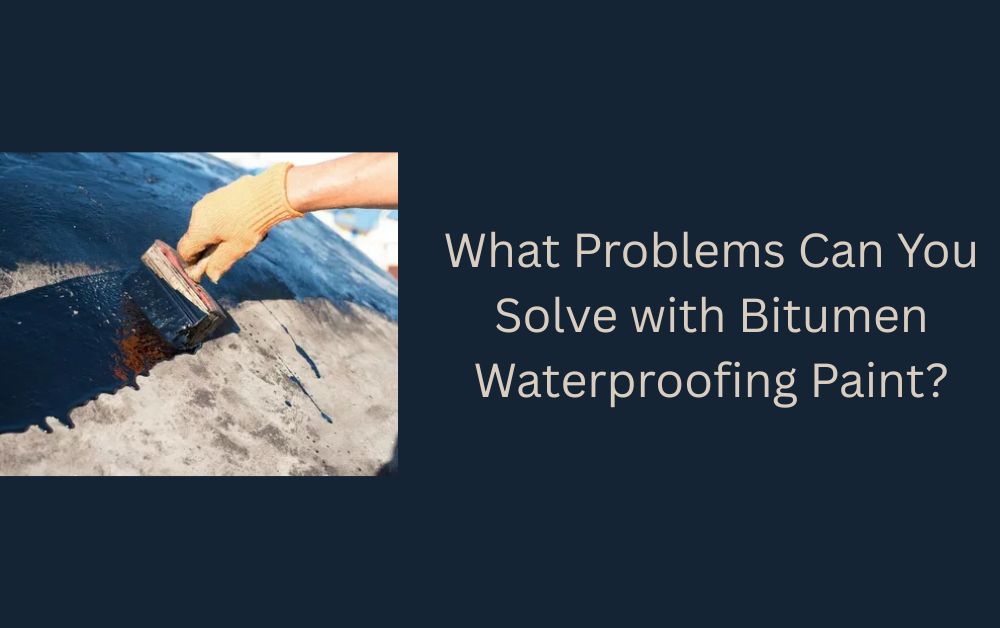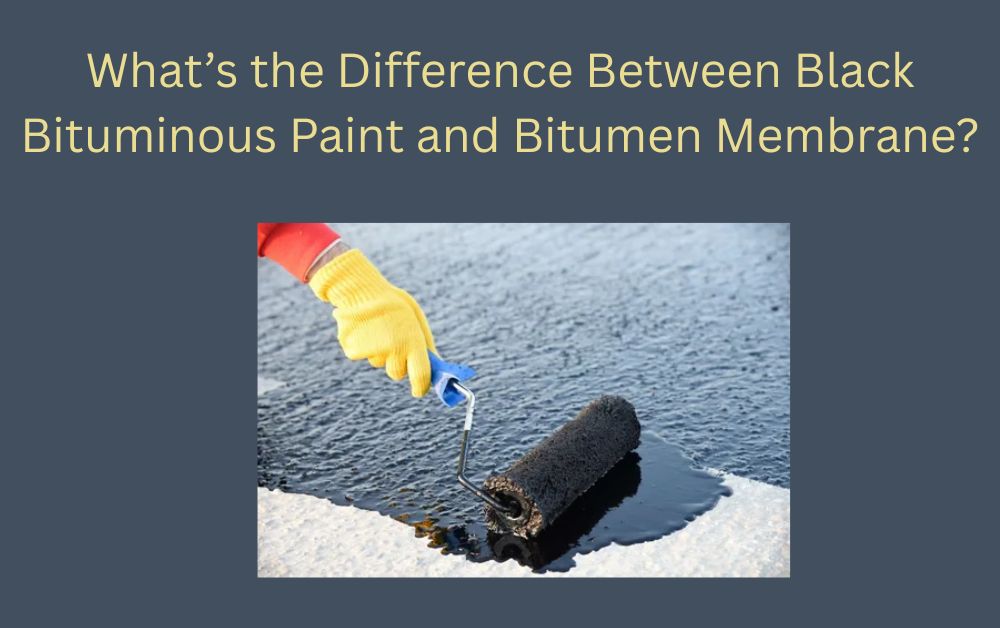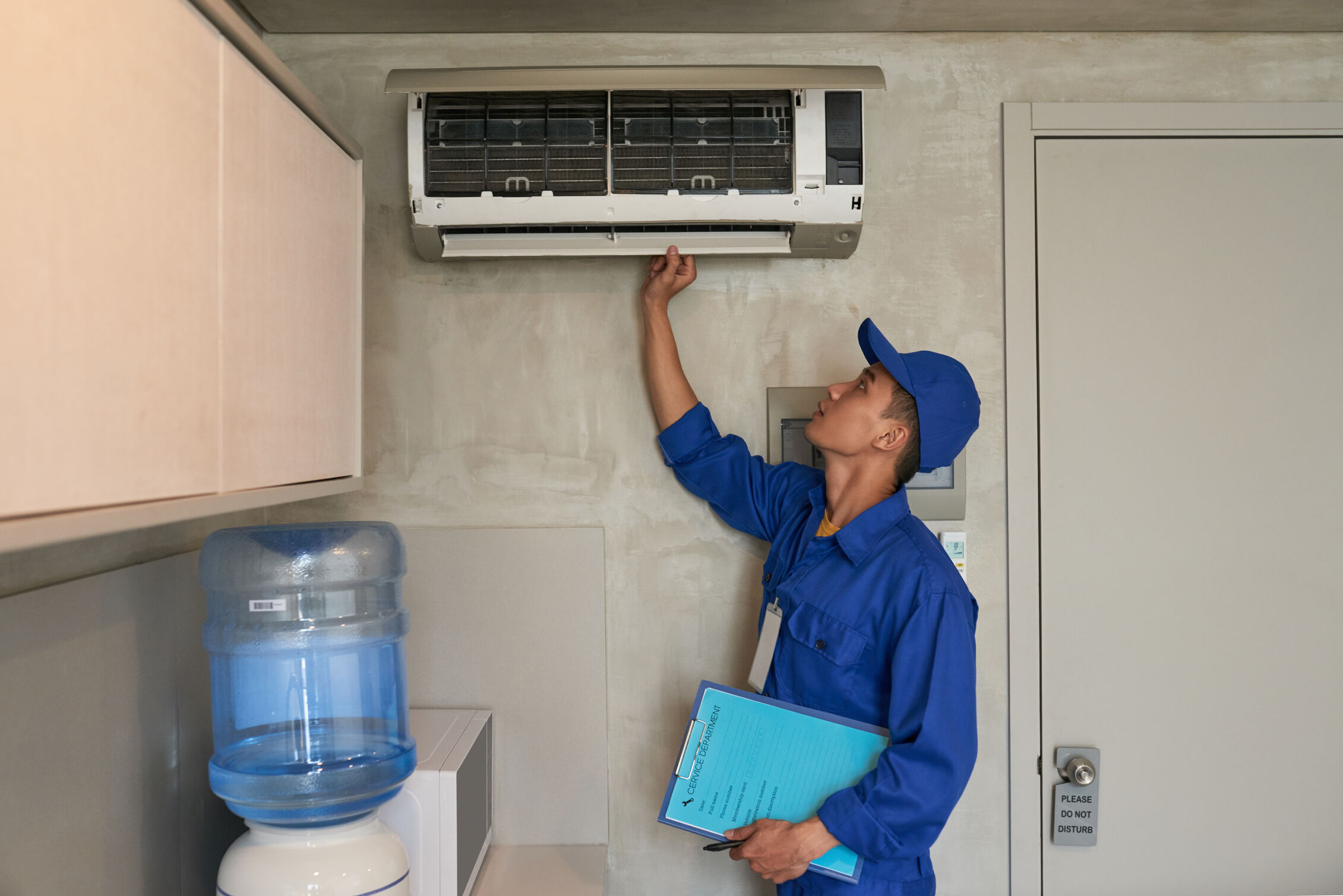When it comes to protecting your home or building from water damage, bitumen waterproofing paint is one of the most trusted solutions. It is widely used for its powerful waterproofing ability and easy application. Whether you are dealing with roof leaks, basement moisture, or damp walls, bitumen paint can help solve many of these common problems.
In this blog, we will explore what bitumen waterproofing paint is, how it works, and most importantly, what problems it can help you solve in both homes and commercial spaces.
What is Bitumen Waterproofing Paint?
Bitumen waterproofing paint is a thick, black, sticky coating made from bitumen—a material derived from crude oil. It is known for being waterproof, weather-resistant, and long-lasting. Once applied, the paint forms a strong protective layer that keeps moisture out.
Bitumen paint can be used on a wide range of surfaces like:
- Concrete
- Metal
- Roofs
- Foundations
- Walls
- Basements
- Water tanks
It is easy to apply using a brush, roller, or spray machine and becomes a flexible waterproof layer once it dries.
Problems You Can Solve with Bitumen Waterproofing Paint
Let’s take a deeper look at the many water-related problems that bitumen waterproofing paint can fix:
1. Roof Leaks and Water Infiltration
Problem:
Roofs are directly exposed to rain, sun, and wind. Over time, cracks or weak spots can appear, allowing rainwater to seep in. This leads to leaks, mold growth, and even structural damage.
Solution:
Bitumen waterproofing paint can seal the cracks and joints on your roof. Once dried, it forms a waterproof shield that blocks water from entering. It also handles temperature changes well, so it won’t crack easily.
2. Damp Basement Walls and Floors
Problem:
Basement walls and floors are often in contact with wet soil, especially after heavy rains. This can cause moisture to seep into the basement, resulting in damp spots, mold, and bad odors.
Solution:
When applied to the inside or outside of basement walls and floors, bitumen paint blocks water from passing through. It keeps the basement dry and safe for storage or living.
3. Metal Surface Rusting
Problem:
Metal surfaces exposed to water or humidity can develop rust. Rust weakens the metal and shortens its life.
Solution:
Bitumen paint acts as a rust-resistant coating. It creates a barrier between the metal and air/moisture. This is especially useful for protecting metal roofs, pipelines, and steel structures.
4. Cracked Concrete on Roofs and Floors
Problem:
Over time, concrete surfaces like terraces or industrial floors can crack. These cracks allow water to enter, which can weaken the entire structure.
Solution:
Bitumen paint can be brushed over the cracks. It flows into the gaps and seals them. It then hardens into a waterproof layer that protects the concrete from further damage.
5. Water Damage to Wooden Surfaces
Problem:
Water can quickly damage wood by making it swell, rot, or grow mold. Wooden surfaces that are outdoors or in damp areas need protection.
Solution:
Bitumen waterproofing paint can be applied to wooden fences, posts, or shed bases. It adds a waterproof layer and increases the wood’s life.
6. Preventing Mold and Mildew Growth
Problem:
Moist walls, floors, or ceilings create the perfect condition for mold and mildew to grow. These are not just ugly but can also cause breathing problems and allergies.
Solution:
By sealing surfaces and stopping water from entering, bitumen waterproofing paint helps keep surfaces dry. This lowers the risk of mold and mildew forming.

7. Weak Foundation Walls
Problem:
Water can weaken the base (foundation) of any building if not properly protected. Cracks, wet spots, and long-term moisture can damage the strength of the foundation.
Solution:
Bitumen waterproofing paint is often used as an exterior coating on foundation walls before they are backfilled with soil. This creates a solid layer that keeps groundwater out.
8. Water Tank Leaks
Problem:
Old water tanks made of concrete or metal can start leaking over time. These leaks waste water and can damage nearby areas.
Solution:
Bitumen paint is safe to use on water tanks (especially non-drinking water tanks). It fills small cracks and seals leaks from the inside or outside.
Benefits of Using Bitumen Waterproofing Paint
Now that we’ve seen the problems it can solve, let’s explore why bitumen paint is such a good choice:
Easy to Apply
You don’t need special skills or tools. Just use a brush or roller.
Strong and Long-Lasting
Once dry, the paint can last for many years without breaking or peeling.
Weather Resistant
It works well in hot, cold, or rainy weather.
Versatile
You can use it on roofs, walls, metal, concrete, and wood.
Affordable
Compared to other waterproofing methods, it’s a budget-friendly option.
How to Use Bitumen Waterproofing Paint – A Simple Guide
If you plan to use it yourself, here’s a simple step-by-step guide:
Step 1: Clean the Surface
Make sure the surface is dry and free from dust, oil, or loose material.
Step 2: Repair Any Major Cracks
Fill large cracks or holes with cement or sealant before applying the paint.
Step 3: Apply the First Coat
Use a brush or roller to apply a thin coat of bitumen paint. Let it dry completely (usually 6–8 hours).
Step 4: Apply the Second Coat
For best results, apply a second coat in the opposite direction of the first one.
Step 5: Let It Cure
Leave it to dry for at least 24 hours before exposing the surface to water or heavy use.
Where Can You Use Bitumen Waterproofing Paint?
Here are the common places where this paint can be applied:
- Flat or sloped roofs
- Concrete walls and floors
- Metal pipes and tanks
- Basements and foundations
- Wooden outdoor structures
- Drainage systems and gutters
Precautions While Using Bitumen Paint
To stay safe and get the best results:
- Use gloves and a mask while applying the paint
- Make sure there is good ventilation if working indoors
- Do not use on drinking water tanks unless it’s food-safe grade
- Store the product in a cool and dry place, away from heat or flames
Final Thoughts
Bitumen waterproofing paint is more than just a coating—it is a powerful solution for many common water-related problems in homes, offices, and industrial buildings. From fixing roof leaks and basement dampness to protecting metal and wood from water damage, this paint can do a lot.
It is simple, affordable, and effective, making it an excellent choice for anyone looking to prevent or solve water problems around their property.
For more insightful articles related to this topic, feel free to visit viewsparrow












Leave a Reply